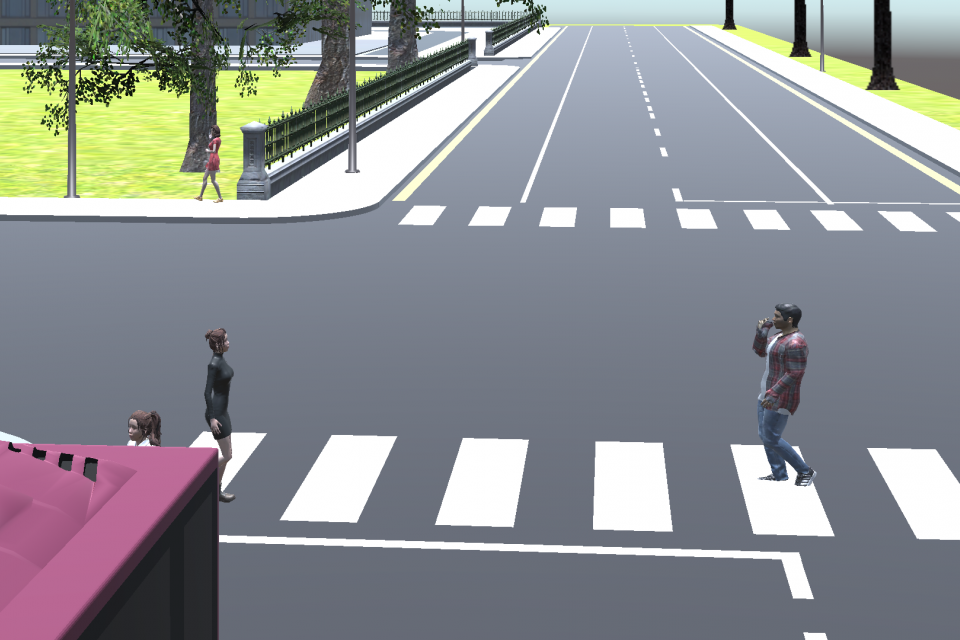Datasets
Standard Dataset
Metaverse_Pedestrian_SyntheticDataset
- Citation Author(s):
- Submitted by:
- Nang Aung
- Last updated:
- Wed, 10/09/2024 - 09:22
- DOI:
- 10.21227/byzn-bp72
- Data Format:
- License:
 158 Views
158 Views- Categories:
- Keywords:
Abstract
The dataset is generated specifically to simulate the essential components for driving environments in a virtual campus of Chulalongkorn University, including street blocks, various pavements, lane markings, traffic signs, lamp poles, and pedestrians, among other features. We selected this campus for our simulation due to its distinctive road and pavement environments, which are unique to Thailand and other Asian countries. This choice contrasts with many widely cited datasets that predominantly feature environments from European or other regions. The virtual environment enables the flexible placement of these elements within the scene and facilitates the generation of annotations without additional complexity. Furthermore, modifying the fundamental properties of these blocks, such as textures, colors, and shapes, can be easily achieved. Our dataset is meticulously generated for the purpose of aiding pedestrian detection, especially for rare and near-accident cases in autonomous driving. It contains numerous objects, including pedestrians, vehicles, traffic signs, buildings, and other important urban environment components.
Upload the dataset to the Kaggle notebook. Run the commands in the Kaggle notebook one by one.
Dataset Files
- train1.zip (74.76 MB)
- train2.zip (65.40 MB)
- train3.zip (62.41 MB)
- train4.zip (66.88 MB)
- train5.zip (54.75 MB)
- train6.zip (14.35 MB)
- test1.zip (48.16 MB)
- test2.zip (40.65 MB)
- KaggleNotebooks.zip (1.75 MB)
Documentation
| Attachment | Size |
|---|---|
| 137 bytes |







Comments
Our dataset (MetaPed) is updated by adding more diverse scenarios.